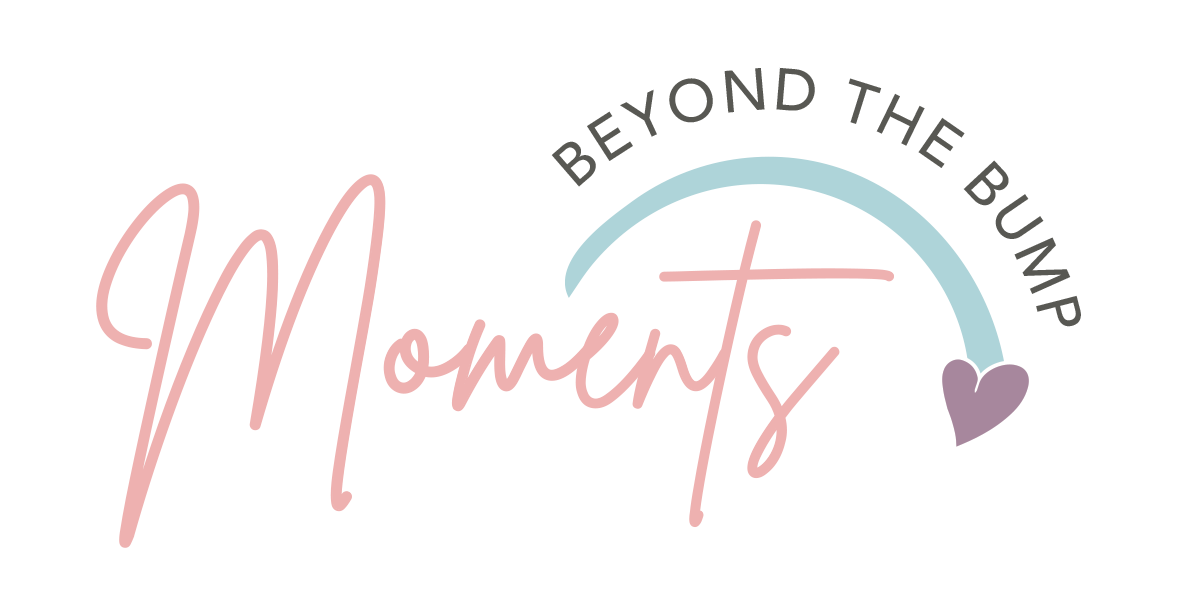Common Breastfeeding Misconceptions
Breastfeeding is one of the most natural things in the world—but that doesn’t mean it’s always easy or intuitive. Add in well-meaning advice, conflicting information, and old wives' tales, and it’s no wonder so many parents feel confused or overwhelmed.
Let’s clear the air. Here are 8 of the most common breastfeeding misconceptions—and what’s actually true.
1. Breastfeeding Comes Naturally to Everyone
While breastfeeding is biologically natural, it often takes practice for both parent and baby. Many new parents struggle with latch, positioning, milk supply, or pain in the early days. This doesn’t mean you’re doing it wrong—it means you’re learning something new.
The truth: Most parents need support and guidance to get started. Working with a lactation consultant can make all the difference.
2. If Your Baby Nurses Often, You Must Not Have Enough Milk
Frequent nursing is normal—especially in the newborn stage or during growth spurts. Babies nurse for hunger, comfort, regulation, and bonding.
The truth: Cluster feeding is a normal pattern and not necessarily a sign of low supply. The best indicators of milk transfer are diaper output, weight gain, and baby’s overall behavior.
3. You Shouldn’t Breastfeed If You’re Sick
Many parents worry about passing illness to their baby through breastmilk, but in most cases, breastfeeding is one of the best things you can do when you’re under the weather.
The truth: Your milk contains antibodies and immune-boosting properties that can actually help protect your baby from the illness you’re fighting.
4. You Have to Pump to Know How Much Milk Baby Is Getting
Pumps can be helpful tools, but they don’t accurately measure your supply or how much milk your baby gets from the breast.
The truth: Babies are typically more efficient at removing milk than a pump. Weight gain, diaper counts, and active swallowing at the breast are much better indicators of intake.
5. You Can’t Breastfeed If You Have Small Breasts (or Large Breasts)
Breast size has no bearing on your ability to produce milk. Milk supply is based on glandular tissue and milk removal—not breast size or shape.
The truth: Anyone with functioning glandular tissue can produce milk, regardless of cup size.
6. If Breastfeeding Hurts, You Just Need to Tough It Out
Pain is common in the early days, but it should not be long-lasting or extreme. Persistent pain is a red flag—not something to suffer through.
The truth: Pain usually means something needs to be adjusted—like latch, positioning, or tongue/lip tie evaluation. Don’t push through—seek help.
7. You Can’t Take Medication While Breastfeeding
Many people are told to “pump and dump” or wean while taking medications—but this advice is often outdated or overly cautious.
The truth: Many medications are safe during breastfeeding. Always check with a provider who understands lactation, or consult resources like InfantRisk or LactMed.
8. Breastfeeding Means You Can’t Ever Use a Bottle
Some parents worry that introducing a bottle will ruin breastfeeding—but that’s not always the case.
The truth: With proper timing and technique (like paced bottle feeding), many breastfed babies go back and forth between breast and bottle just fine. Waiting until breastfeeding is well established (usually 3–4 weeks) can help.
Breastfeeding is a deeply personal journey—and it looks different for every family. The key is having accurate information and judgment-free support so you can make informed decisions that work for you.
If you’ve been struggling with breastfeeding, questioning your supply, or drowning in conflicting advice—take a deep breath. You’re not alone, and support is available.
